10 Things You Must Know About Positional Chess
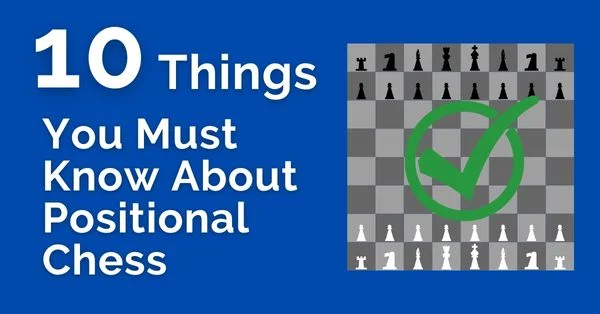
Having good positional chess is a must as you move up the rating ladder.
One-time blunders and tactical shots will reduce in number and you will have to play in a more nuanced way to get an advantage.
So, in this article, we will take a look at some important themes and topics in positional chess to better your positional understanding.
1. What are Weak and Strong Squares?
A game of chess depends on a lot of factors apart from the playing strength of the players. This could be psychology, nerves among other things. So naturally, the game contains mistakes. A mistake can range from anything very subtle positional nuance in the position to an outright blunder.
One way these mistakes manifest in the board is through the creation of weaknesses. The most common weaknesses are weak squares. Correspondingly there are also strong squares. (Learn about the #1 Mistake and How to Avoid it)
It is important to note that ‘weak’ and ‘strong’ are two terms for the same characteristic. depending on which side of the board we are looking at it. Now let’s take a look at some of the important features of a weak square:
- A weak square is a square on the chessboard that cannot be defended by another pawn.
- A weak square is a static feature of a position.
- A weak square is not functional in itself but depends on the player’s actions.
2. How to Play Against Weak Squares?
A good plan to play against a weak square is to exchange off the defenders of the weak square and then occupy it as a base of operations for our pieces. Let’s see Smyslov demonstrating this in textbook fashion.
3. Principle of Blockade Positional Chess
Passed pawns are like criminals that must be arrested! said Aron Nimzowitsch. The way to stop a passed pawn is to put a piece right in front of it.
This is the whole idea of a blockade and the best piece for this role is a knight. Why so? because the knight is the only piece that can go over other pieces. Hence the knight does two jobs blocking the pawn and also looking at other squares nearby.
Blockading is very effective against lone or passed pawns in the absence of pawn support.
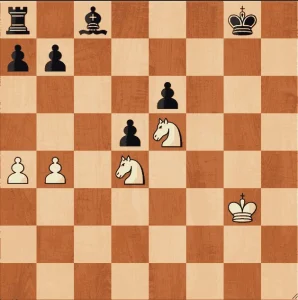
In this position, we see how the knights are acting as perfect blockaders, against the central passed pawns.
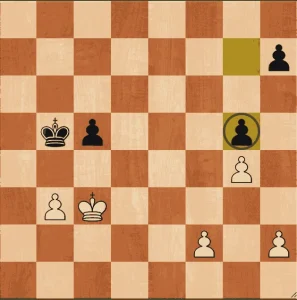
We see how a single pawn can act as a blockade against an enemy pawn mass.
4. Typical Bishop Exchange on c6 Positional Chess
A very common positional idea or variation in Ruy Lopez is the exchange of the bishop on c6. After this exchange, the important factor is the pawn structure.
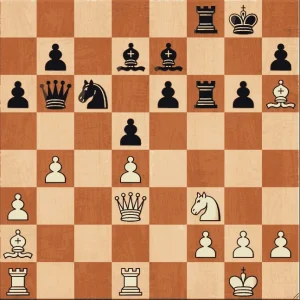
White has a better and more ‘mobile’ pawn structure. This is important because if ever an endgame is reached on the board, then white can claim an advantage due to a more mobile pawn structure on the kingside. Therefore, one of the white’s goals in this variation is to trade down to a favorable endgame.
5. Isolated Double Pawns (Strong and Weak)
Are doubled pawns strong or weak? This is an eternal question in the minds of many chess players. The answer almost always depends on the concrete features of the position.
You can ask yourself the following questions to get clarity:
Do the doubled pawns achieve something?
Do they contribute to your plan?
OR
Is it a target that can be quickly exploited by the opponent?
Hence time is of great importance in these types of positions. In general, doubled pawns allow you to increase the quality of your pieces by opening new lines and controlling squares that the opponent can occupy. At the same time, it gives your opponent long-term hope that you will be worse in the endgame if the game goes down to it.
6. How to Play with an Extra Piece?
An important technique in positional chess is to know how to use an extra piece. An extra piece can arise in two ways:
- When you are ahead material-wise.
- When you manage to bring in more force than your opponent on one side of the board.
The first point is easier to understand. These are the situations when you have an extra piece on the board.
Let’s take a look at an example of the second kind.
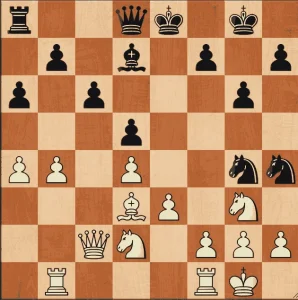
In this position white is playing on the queenside and black is aiming for a kingside attack. As black has gathered all the pieces on the kingside this essentially creates a numerical superiority for white on the queenside. White can use this ‘temporary’ extra piece to fight for the initiative on the queenside.
7. Positional Exchange Sacrifice
A positional exchange sacrifice is a strategic decision to swap a rook for a lesser-value piece (such as a knight or bishop) to gain long-term positional benefits.
Tactical sacrifices differ from positional exchange sacrifices. Tactical sacrifices go for a direct attack or material gain. The objective of a Positional exchange sacrifice is to:
- Control critical squares, files, or diagonals.
- Undermining the opponent’s pawn structure or king safety.
- Improving the activity or coordination of one’s pieces.
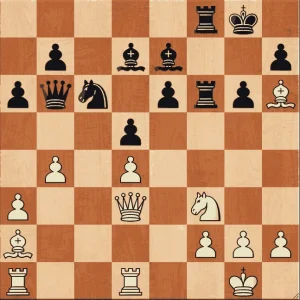
In this position, Black wanted to destroy the pawn cover of the white king and also increase the pressure on the d4 pawn by eliminating one of the defenders. So Black played Rxf3.
8. Opposite Color Bishops: Key Strategies
Opposite-color bishop endgames are well known to lead to drawn games. But things cannot be further from the truth. If you know how to handle positions with opposite-color bishops they can be a great asset. This is because if there are only bishops left on the board then your bishop doesn’t have any opposers so you can plan to attack the squares of the color of your bishop.
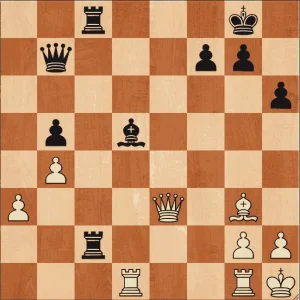
In this position black is attacking white on the light squares (g2 point). If you compare the role of both the bishops. The d5 bishop is an attacking piece while the bishop on g3 isn’t doing anything productive.
So, a good strategy anticipating opposite color bishop positions is to keep the major pieces on the board and try to attack the color of the bishop you have.
9. The Bad French Bishop
Many players even Grandmasters dislike the French Defense for one reason: The situation of the bishop on c8. The bad French bishop is a problem for all French players.
Playing with a space disadvantage and a pretty bad minor piece may seem too much. But Black has concrete ways of counterattacking white. Considering the position of the c8 bishop black has several positional ways of handling the bishop:
One way would be to exchange it after maneuvering Bc8-d7-b5. Exchanging our bad piece for a good one.
Another method is to reroute the bishop to h5 and exert pressure on the white’s pieces.
In many positions of the French defense, the advanced e5 pawn gets exchanged for the pawn on f6 and we get a structure where black has a backward pawn on e6. In these positions black is very thankful to have the light-squared bishop as it is a crucial defender of the weak point on e6.
So the lesson here is that something might look bad visually but we need to evaluate it as if it is really bad in the current scenario and how can we change the circumstances to our advantage.
10. Bishop Plus Rook: A Great Duo
The Rook and Bishop make a great combo like the Queen and the Knight. There are also many checkmate patterns involving the rook and the bishop.
So, how do they work together to achieve strategic goals?
Both are long-range pieces and more often than not the bishop supports the rook from long range. Let’s take a look at an interesting positional device where the bishop helps the rook to dominate and conquer an open file.
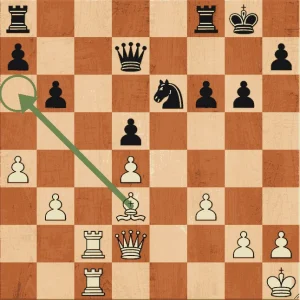
In the position above black is threatening to exchange off the strong white rooks by playing Rc8. But white can stop that with Ba6!
This is a good pattern that you remember and apply in your games.
Frequently Asked Questions
What is positional in chess?
Positional in chess refers to the positional demands of a position. Any position can be broken down into fundamental factors (time, space, king safety, etc.) and evaluated based on them.
What is the difference between strategy and positional chess?
In general, they refer to the same thing but subtle differences do arise when talking about a particular position. Let’s say you want to improve a piece in a position. The thought that you want to improve your piece is a result of your strategy and the way you achieve it (By checking for your and your opponent’s resources) is through positional play.
What is the biggest secret of positional chess?
The biggest secret of positional chess is Prophylaxis! It is when you consider your opponent’s plan before going in for your plan.
Is Magnus Carlsen a positional player?
Magnus Carlsen is an outstanding positional player. Although to reach the top you have to be multi-faceted and be good at other parts of the game as well.



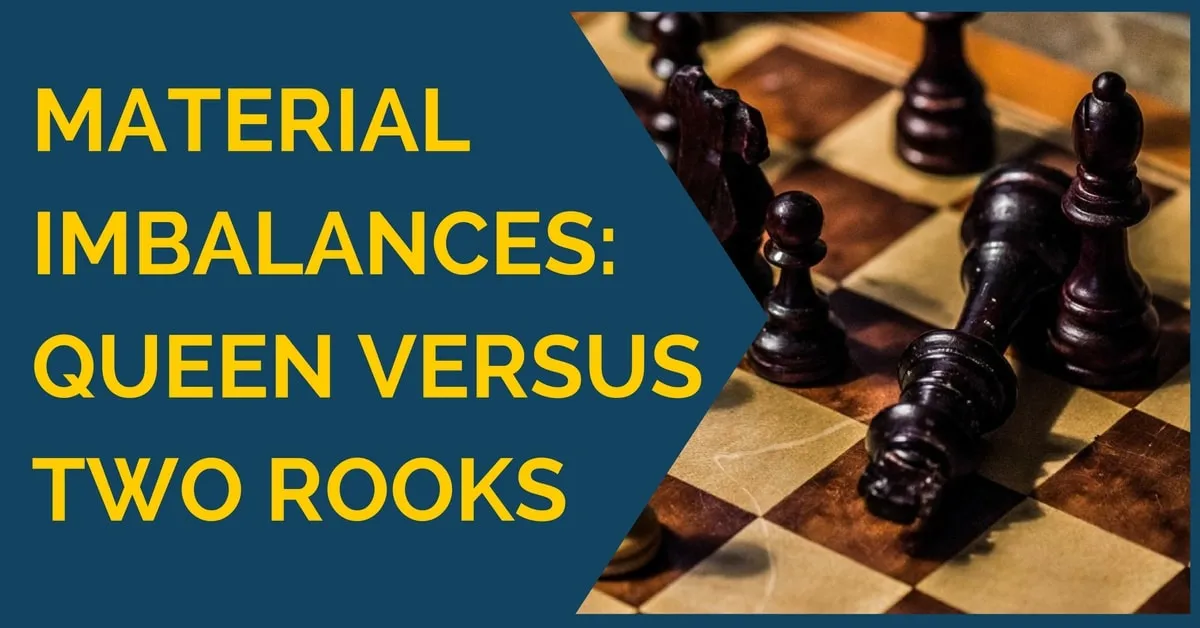
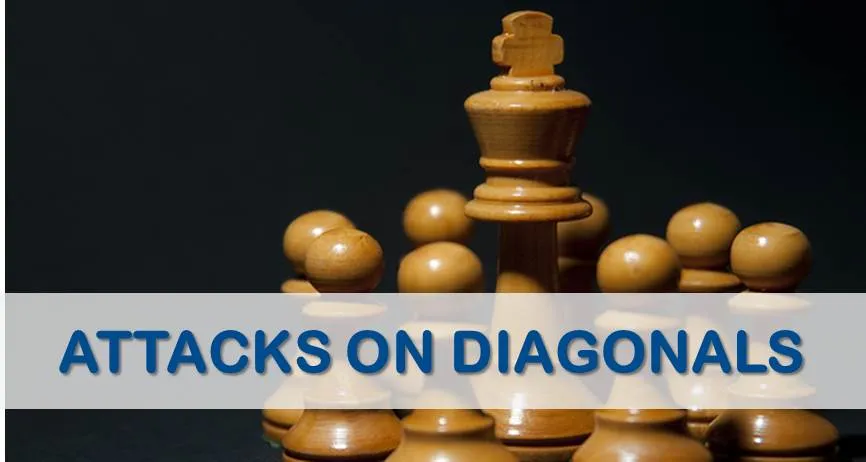
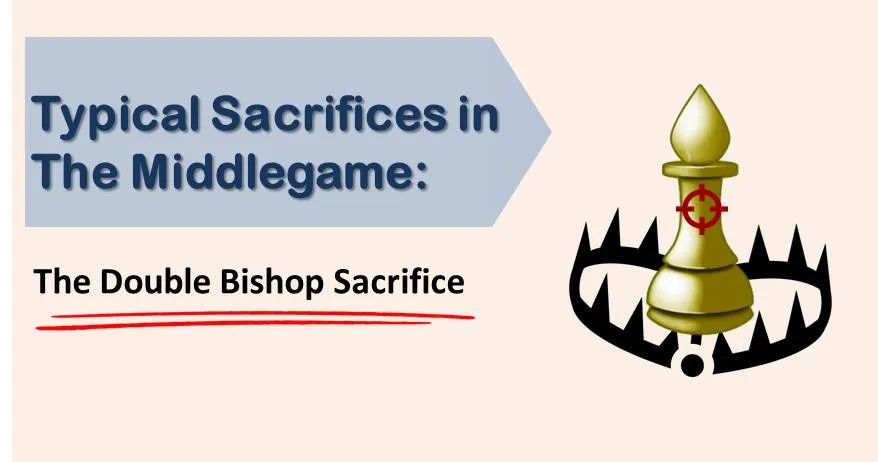




Comments: